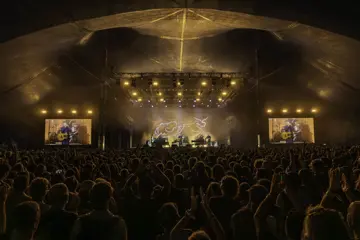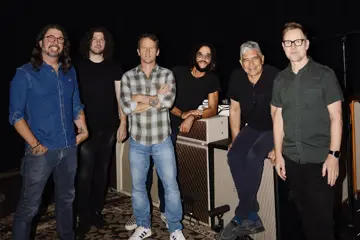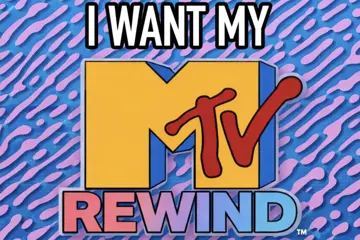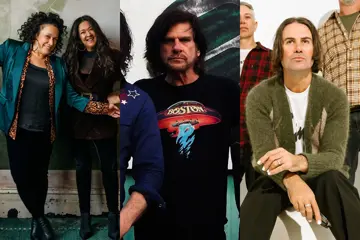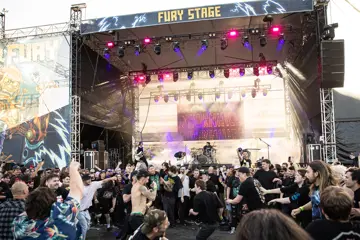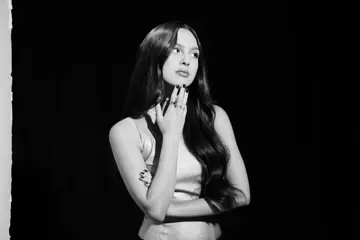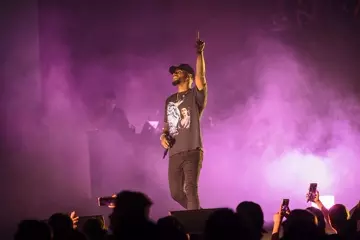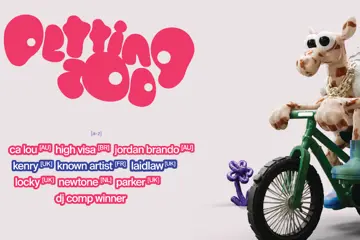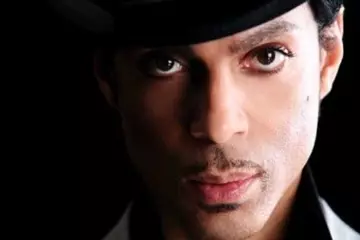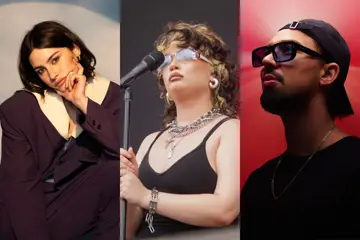star wars: the last jedi

note: potential spoilers ahead — you have been warned… and may the force be with you
You’re barely into the first act of The Last Jedi when Adam Driver, scarred face betraying past and future skulduggery, takes his Darth helmet and smashes it. Over and over. Against the illuminated walls of the elevator to the Supreme Leader’s decadent crimson-walled, black-throne-boasting space-age-bachelor-pad. Ol’ Snoke (Andy Serkis McGurkus) has just mocked him as being but a boy in a mask, dressing up as if in cosplay; his Dark Helmet and distorted voice verily ventriloquisin’ someone else’s evil, trying to wear the past as if an outfit.
Dressed down, humiliated, and percolating with his ever-present teenaged rage, Driver —in that helmet-smashing moment— commits to being his very own villain, to walking his own path, pulling his own reversal, staging his own double-crosses. His vision is pure iconoclasm: just as he burned down the Skywalker Jedi temple in pre-new-trilogy backstory, so, too, is he going to burn down this whole tired-old paradigm. No more Vader or Skywalker, First Order or Resistance, Sith or Jedi. “Let the past die,” he says, tellingly; it’s time, finally, to start anew.
Rian Johnson’s pleasingly-robust spin round this Galaxy Far, Far Away has the same ideas in mind: that to build on the past, first we must raze it. And, so, after The Force Awakens relit the Star Wars fires by bringing back those old New Hopes, and Rogue One felt the need to jam an ‘extended universe’ movie full of endless Easter-eggs/pandering/CGI-revived-dead-actors, here we get a film that tells us, that shows us, that it’s out to fashion something fresh.
Don't miss a beat with our FREE daily newsletter
The lore of the Jedi is mocked, sullied, burnt down. Old storylines and old actors are killed off. And blatant callbacks can’t be paraded without comment. Oscar Isaac’s Han Solo-ish rogue is dismissed as just another “trigger-happy flyboy” by Laura Dern, an Amy Jellicoe-ish Resistance Admiral in purple-rinse and perm. When Daisy Ridley’s asked about her nascent powers, she proffers that The Force is, um, a way to control people and, y’know, “make things float”; the vagueness of Star Wars’ all-purpose get-out-of-a-jam card verily mocked. “That was a cheap move,” says Skywalkin’ Mark Hamill (really just the dad from Brigsby Bear now), in so many words, when R2-D2 plays the old ‘help me Obi-Wan Kenobi’ hologram/meme.
He’s pissy because, after years hiding out on a rock he dubs “the most unfindable place in the galaxy”, Ridley’s come calling, make-up flawless and Force woke, interrupting his monastic routines of lotus-position levitating meditation, crotchety lonerism, spearing giant fish, drinking the neon-green-tinged milk he squeezes from the swollen teats of rock-lounging creatures somewhere between dinosaur and dugong, and brooding underneath a shadowy hood about how Driver done did him wrong.
That burning-down-the-temple backstory is told three times over, in three different versions, from two different perspectives; the Rashomon principle at play as flashback changes depending on the telling. “Good guys, bad guys: made of words,” Benicio del Toro says, with a stutter, mid-manic, twitching performance; this mercenary thief’s simple koan capturing what Johnson, who wrote the screenplay as well as directed the picture, is out to get at.
When Hamill talks of being a “legend”, he spits the word like a slur. There’s no reverence for past mythos, only pointed questions, contrary sentiments, spoken desires to forget the past. All of this isn’t just the ambition of The Last Jedi, but the sounds of a filmmaker wrestling with the great burden of captaining a ride on the franchise to end all franchises. How much does its cinematic past grant you power, how much is it just a yoking burden?
The answer is somewhere in the middle. And, in turn, Johnson knows he must capture a balance between the two; remain in the spirit of the past even as you push towards the future. And, so, for all those moments when Driver and Ridley —who spend much of the movie Jedi-Skyping across the stars in Snoke-enable ‘mind meld’— Force the franchise towards new narratives, there’s plenty of stuff to remind you of the old ones: X-wing fighters attacking an impossibly-precise target; the old ‘sneak aboard then disguise yourself in imperial guard outfits’ lark on a villain’s ship; the light-sabre training sequences; the bit where C-3PO is offended; the rain that falls in dark times; and the array of cutesy animals (salt-crystal crack-foxes, round-eyed super-kawaii seabirds, noble racing llamas) coming to toy-store near you.
Johnson is skilled enough that these familiar totems —not to mention the second-film-of-three tone, this the one where the First Order Strikes Back— are elements at play, not the picture’s whole raison d’être. He also shows he’s a dab hand at this space-saga’s most necessary skill: the ability to bounce between parallel action. The Last Jedi forever has three or four stories on the boil: Isaac and Carrie Fisher butting heads here, John Boyega and Kellie Marie Tran on the lam there, Domhnall Gleeson chewing scenery and barking orders as sniffy First Order commander; and the Jedi trio —Hamill, Ridley, Driver— circling each other on various planes of cognisance.
The main thrust of the narrative is the answer to Ridley’s unknown identity; an abandoned orphan’s endless yearning to discover whom her parents were. When she dives into the symbolic source of the dark-side —a base-of-Jedi-island blowhole that looks like the isle’s blackened anus— and swims into a psychedelic rendering of her psyche, she ends up amidst a mirror-world of infinite regression; even the end-point of her psychological infinity not giving her the answer to this elemental question of identity.
When the answer finally comes, it’s spoken aloud by Driver. In a film in which most of the cast essentially panto their way through one-note proclamations, his avatar of the neo-trilogy’s ascendant-evil is not just conflicted, but described aloud as “torn” (he’s all out of faith, this is how he feels). So, Driver —one of cinema’s most interesting, unorthodox young stars— gets all of the flick’s internal conflict and emotional contrast, gets to shade lines, and feelings, that allow him both light and dark. The scene in which he reveals Ridley’s history, her foretold fate, and his hopes they’ll come together, is such a great performance you wish Driver were on screen more often; and that he didn’t need to share so much of the time he is with a mo-cap’d CGI villain with a generic wrinkly-face-and-screechy-voice.
Where Driver’s turn in The Force Awakens was an unexpected joy, here, now, we know the guy from Girls is going to be great. In the same way, The Last Jedi doesn’t get to coast along on the fun-times vibes that reigned last time; where the world was so giddy that this new Episode was the antidote to the lifeless drudgery of the George Lucas prequels. The Force Awakens made amends with burnt fans by calling back to their warm BC (Before Christensen) memories, reliving the fun times of old times. The Last Jedi attempts —and, largely, succeeds at— something more difficult, and more noble: stepping away from this hallowed past, and standing on its own.




